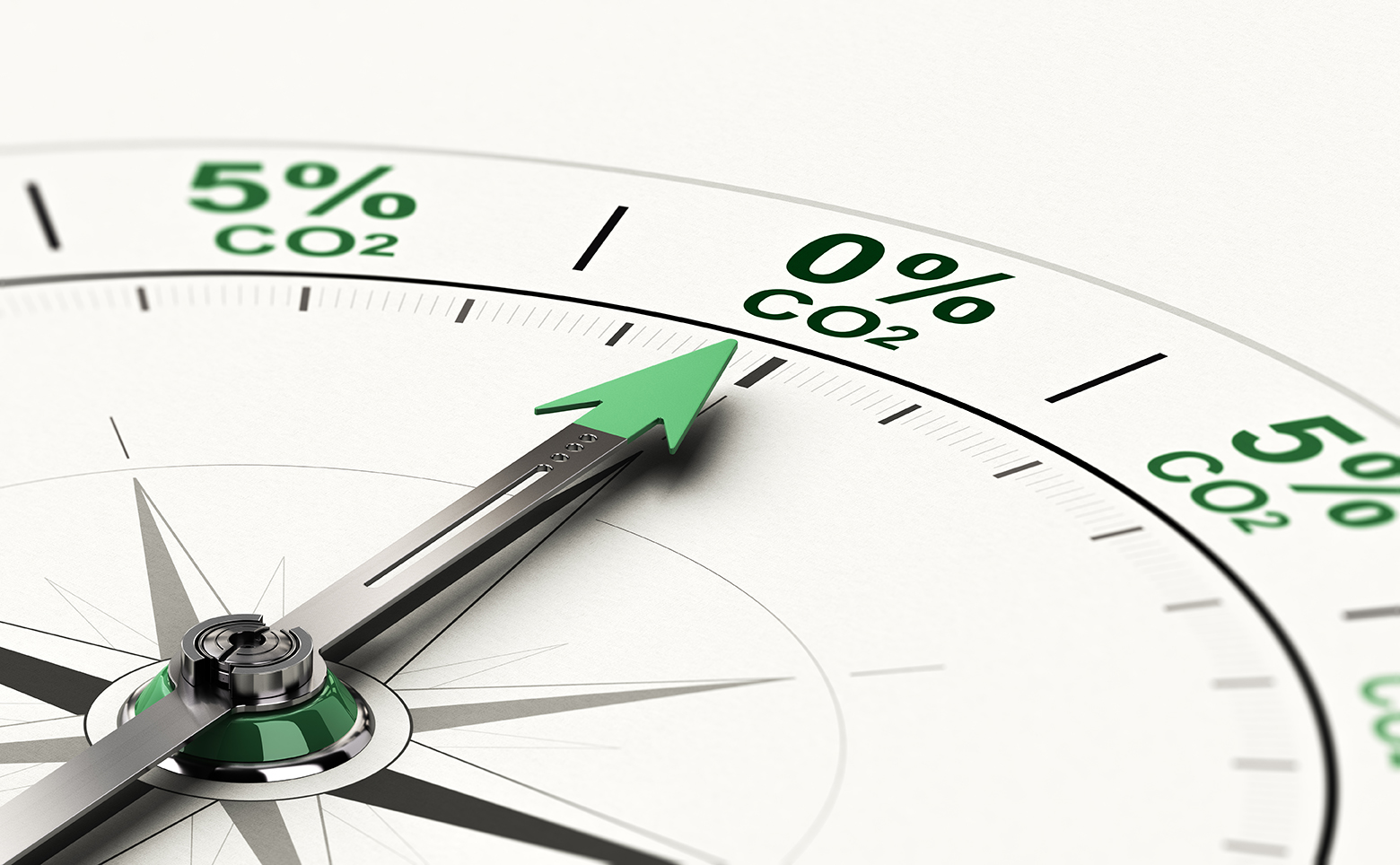
As per agreement signed in 2017 the World Green Economy Council (WGECO) serve as green economy think-tank and arm of the WFDP for all green activities. Therefore, WGEO is an affiliate of the WFDP to manage and oversee all green initiatives, projects and programs.
H.E. Ambassador Ekramy El Zaghat - President of WFDP and Dr. Mohamed Kafafy - WFDP Chief Consultant for Energy & Sustainable Development decided to promote and support WFDP projects towards the Zero-Carbon City through project commitment in engineering, procurement and construction (EPC) phases in accordance with the following five criteria:
1- Green Energy
All project phases should consider the Energy efficiency (EE) and renewable energy (RE). Both resources must be developed aggressively if we are to stabilize and reduce carbon emissions in our lifetimes. Efficiency is essential to slowing the energy demand growth so that rising clean energy supplies can make deep cuts in fossil fuel use. If energy use grows too fast, renewable energy development will chase a receding target. Likewise, unless clean energy supplies come online rapidly, slowing demand growth will only begin to reduce total emissions; reducing the carbon content of energy sources is also needed. Any serious vision of a green energy economy thus requires major commitments to both efficiency and renewable.
2- Green Transportation
After power generation, transportation is perhaps the next big greenhouse gas target. Internal combustion vehicles– everything from mopeds up to commercial airliners and container ships – contribute roughly 20% of man-made carbon emissions globally. In cities, the problem is particularly acute. Many urban centers are clogged with traffic jams, and are heavily reliant on busy airports and ports for movement of people, goods and raw materials. Internet shopping and the increase in home delivery has intensified the use of vans and other large vehicles for logistics. The pollution problem gives cities an extra reason to transition to clean modes of private and public transport. Then, the WFDP projects should consider the green transportation techniques.
3- Green Building
A ‘green’ building is a building that, in its design, construction or operation, reduces or eliminates negative impacts, and can create positive impacts, on our climate and natural environment. Green buildings preserve precious natural resources and improve our quality of life.
There are a number of features which can make a building ‘green’. These include:
Any building can be a green building, whether it’s a residential or commercial , or any other type of structure, provided it includes features listed above. However, it is worth noting that not all green buildings are – and need to be - the same. Different countries and regions have a variety of characteristics such as distinctive climatic conditions, unique cultures and traditions, diverse building types and ages, or wide-ranging environmental, economic and social priorities – all of which shape their approach to green building.
This is why WGECO supports all Green Building Councils around the world and their member companies in individual countries and across regions, to pursue green buildings that are best suited to their own markets. Then, according to WFDP project location we have to follow Green Building Rating Systems Around (attached)
Humanity has a serious waste problem on its hands. However, The GSCM refers to the methodology of integrating sustainable environmental processes into the traditional supply chain as shown below. Undeniably, reducing air, water, energy and waste pollution is the main goal of green supply chain management, while green operations also enhance firms’ performance in terms of less waste manufacturing, reuse and recycling of products, reduction in manufacturing costs, greater efficiency of assets, positive image building, and greater customer satisfaction.
Plastics, for instance, have leached into every part of our natural world, from deep sea trenches to mountain plateaus. Over 270 million tons of plastic goes to waste every year. Roughly 20% is recycled. A further 20% is incinerated, often an extremely toxic process. The remainder is discarded, finding its way into the ocean, onto landfills, or simply left exposed to the elements. Plastics are just part of the mess. Vast quantities of food go to waste every day. Metals, timber and masonry also find their way on to the waste heap when they could be reused in other ways.
The GSCM with connotation of circular economy closes the loop between consumption and production by reducing, re-using, recycling, and recovering materials where possible. This relies on three main principles:
- Optimizing the way resources are used;
- Preserving the value of input materials in production processes and final produces; and,
- Improving the productivity in production and consumption.
Thus, the WFDP projects should consider the Green Supply Chain Management (GSCM) techniques at all 5 phases of project management.
Efforts to reduce emissions will be harder to achieve if urban dwellers cannot be convinced to alter zero carbon-intensive behaviors, i.e. awareness for sustainability is a must.
The individual citizen can’t invent practical electric vehicles, or advance the progress of renewable energy or the heat efficiency of buildings, all by themselves. Until recently, society has created a choice structure that all but guarantees a carbon-heavy lifestyle, especially in developed economies.However, there are actions that the individual can take which, on a collective level, could help reduce carbon emissions significantly. The most basic of these is to be more considerate of consumption and generate less waste. Developed-world economies are incredibly consumer driven.
The WGECO and its organs sustainable capacity development activities in national and international green economy fields include:
· Research & Analysis
· Professional Training
· Certifications
· Technical Support
· Green Projects
Thereof, We have the honor to invite all WFDP Partners and Members worldwide, with one goal in mind that is to provide you with the necessary research, professional programs and consultation, which are suitable and applicable for WFDP projects current and future concerns and development.